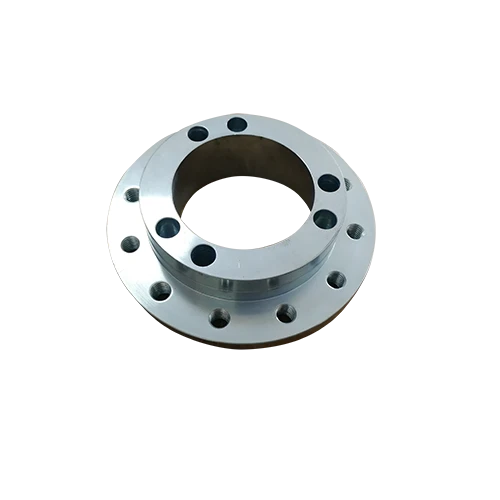Mobile:+86-311-808-126-83
Email:info@ydcastings.com
aluminum die casting mould
Aluminum Die Casting Mould An Overview
Aluminum die casting is a highly efficient manufacturing process that involves creating precise and intricate metal parts by forcing molten aluminum into a mold under high pressure. This technique is widely employed across various industries, including automotive, aerospace, electronics, and consumer goods, due to its ability to produce complex shapes with excellent surface finishes and dimensional accuracy. Central to this process is the die casting mould, which plays a crucial role in determining the quality and characteristics of the final product.
Composition and Design of Die Casting Moulds
Die casting moulds are typically made from high-grade tool steel or aluminum, materials known for their durability and resistance to thermal deformation. The design of the mould is pivotal; it must be able to withstand the intense pressure and temperature of molten aluminum while ensuring that the final product meets specific tolerances. A well-designed mould should include features such as cooling channels, which help to regulate the temperature during the casting process, and ejection systems that enable the easy removal of the finished part without damaging it.
Types of Die Casting Moulds
There are two primary types of die casting moulds single-cavity and multi-cavity moulds. Single-cavity moulds are designed to produce one part per cycle, making them ideal for simple, high-volume production runs. In contrast, multi-cavity moulds can produce multiple parts simultaneously, increasing efficiency and reducing production costs. The choice between these two types depends on several factors, including production volume, complexity of the part, and the overall design of the final product.
Advantages of Aluminum Die Casting
aluminum die casting mould

One of the most significant advantages of aluminum die casting is its ability to produce lightweight yet strong components. Aluminum is known for its excellent strength-to-weight ratio, which is particularly beneficial in industries such as automotive and aerospace where reducing weight can lead to improved fuel efficiency and overall performance. Additionally, the die casting process allows for seamless integration of features such as threads, ribs, and complex geometries that might be challenging to achieve with other manufacturing methods.
Another benefit is the speed of production. Once the mould is created, the die casting process can be executed rapidly, leading to high output rates. This fast cycle time is particularly advantageous for manufacturers aiming to meet tight deadlines in competitive markets.
Challenges in Die Casting Mould Manufacturing
Despite its benefits, the manufacturing of aluminum die casting moulds presents challenges. The initial investment in high-quality molds can be significant, and any design flaws can lead to defects in the final product, resulting in costly rework or scrap. Moreover, the operation of die casting machines requires skilled technicians to monitor and manage the process to maintain quality and efficiency.
Conclusion
In conclusion, aluminum die casting moulds are essential components in the production of high-quality aluminum parts. Their design and manufacturing require careful consideration of material properties, production requirements, and cost-effectiveness. As technology continues to advance, the aluminum die casting industry is expected to evolve, bringing forth innovations that will further enhance the efficiency and efficacy of this vital manufacturing process.
-
Automobile Water Pumps in Vehicle PerformanceNewsMay.21,2025
-
Valve Box Cover Cast Iron: The Backbone of Fluid Control SystemsNewsMay.21,2025
-
Pump Impeller in Fluid DynamicsNewsMay.21,2025
-
Baffled Oil Pans in Racing Cars: How They Improve PerformanceNewsMay.21,2025
-
Compressor Housing Turbo in Pump EngineeringNewsMay.21,2025
-
Why Oil Pan Thickness Matters for Engine SafetyNewsMay.21,2025











